The Snap-T Cast With 2-Hand Rod: Video
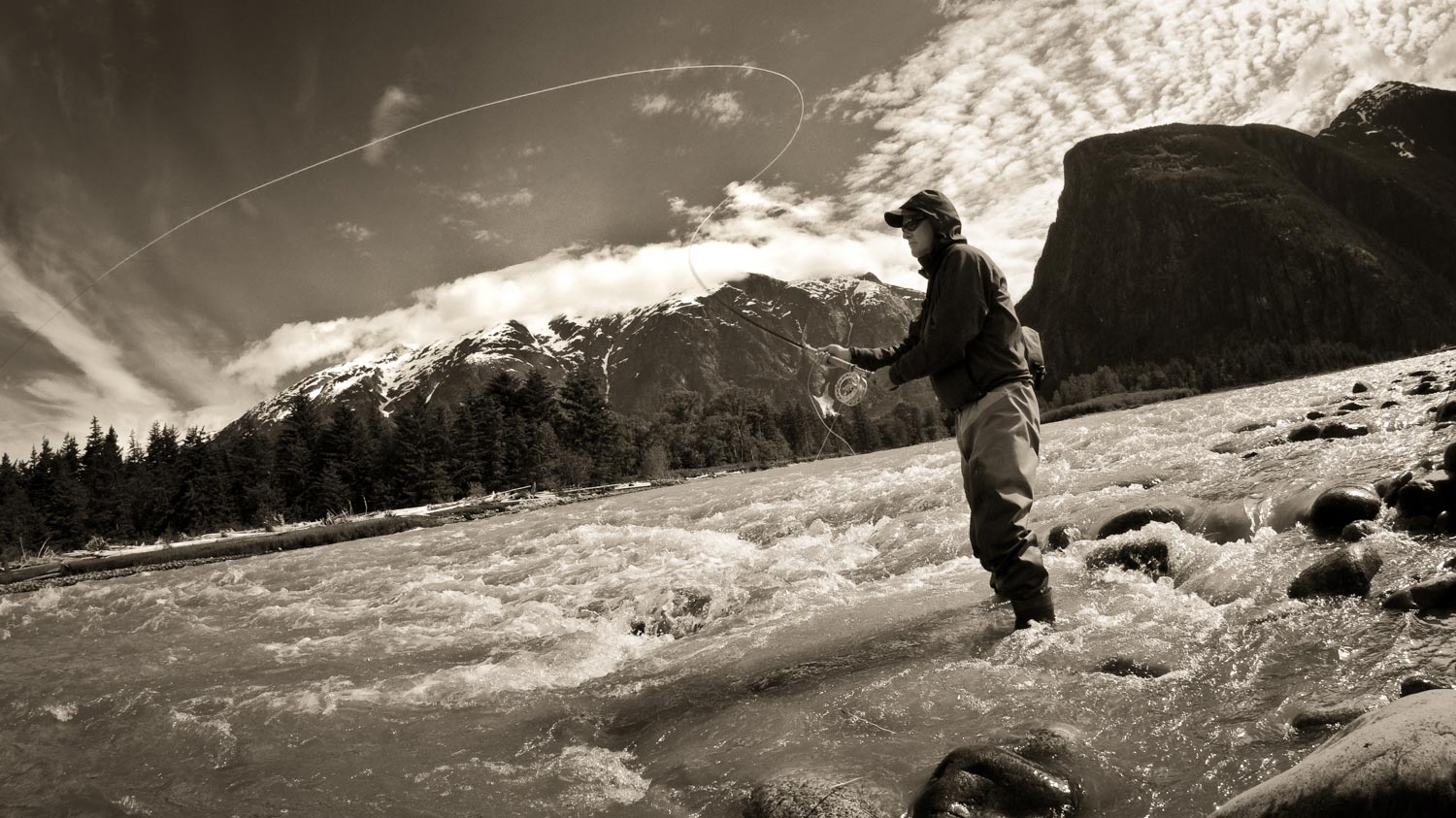
The Snap-T cast is an essential for any 2-hand angler.
You really only need to know a couple of casts to be an effective angler with spey or switch rods. One of the casts you just can’t live without is the Snap-T. This easy and powerful cast lets you launch the fly when the current is off your casting shoulder. It generates the power needed to cast heavy sink tips but works equally as well with light dry lines.
WATCH THIS VIDEO TO LEARN THE SNAP-T CAST FOR 2-HAND RODS.
Read More »Successful Fly-Fishing Is About Work Ethic
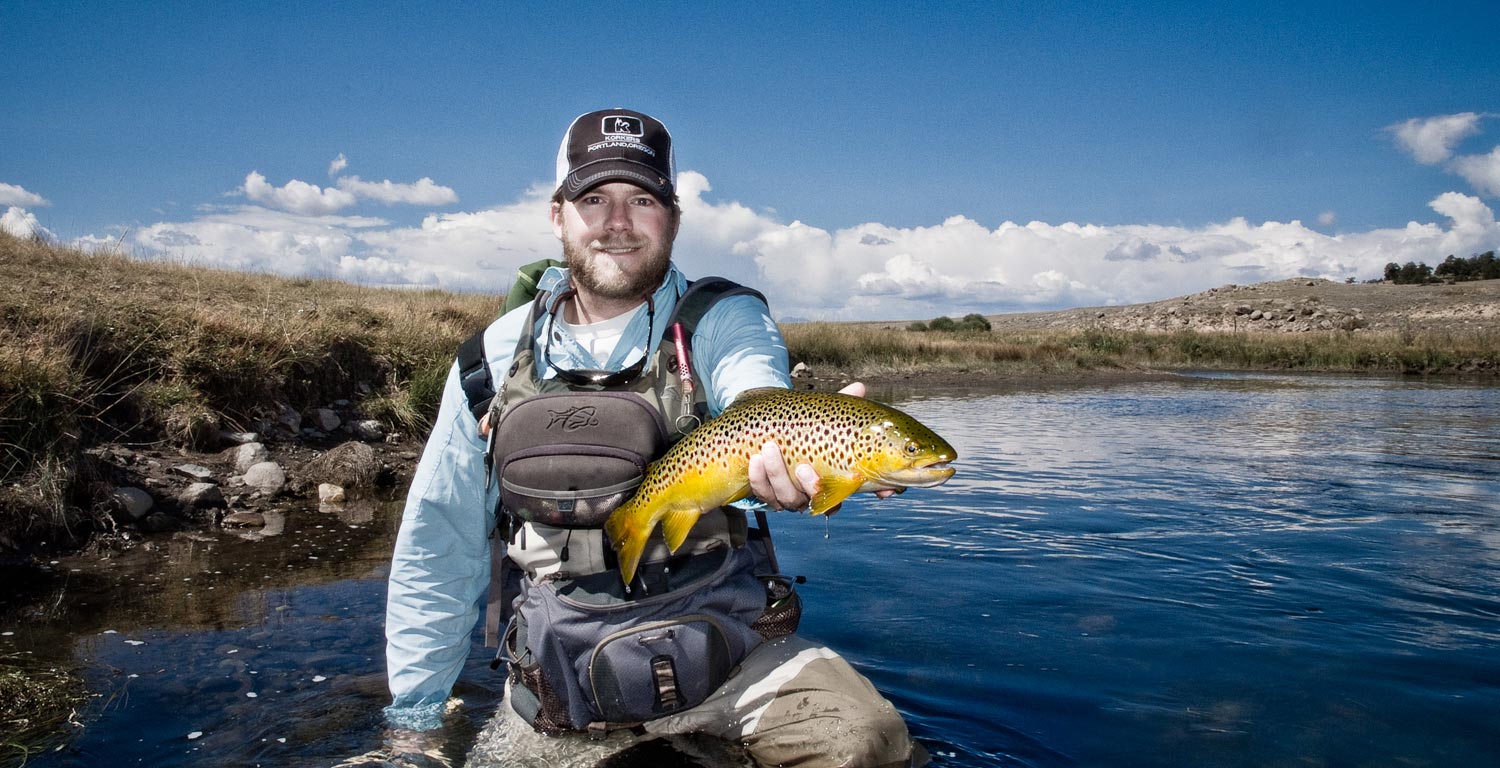
There are two types of fly anglers: those who treat it like a hobby and those who treat it like a job.
It’s not a judgment. There’s nothing wrong with being a casual angler. In fact, those anglers make me a little jealous sometimes, but the truth is we are not all wired the same and some anglers are more results-focused than others. Perhaps that means they want to catch a lot of fish, or big fish, or maybe you’re more motivated to master the skills than to catch the fish. One thing is undeniable: like so many things in life, if you are looking for fly fishing results, what you put in largely determines what you get back.
With that in mind, here are some thoughts on how to step up your fly-fishing game.
There are two places you have to display a solid work ethic to really boost your success. On the water and off. Off the water work is frequently ignored altogether but is the real key to success. There is something you can do every day to improve as an angler. It might be casting practice, fly tying, reading an article or watching a video. It might be swapping stories with a buddy over a beer. Whatever it is, the more you immerse yourself in fly fishing the more it becomes part of your nature.
Of all the things you can do off the water, I believe the most important is casting practice. After all, casting is the price of entry. There is no downside to being a good caster and it will not only make you a more effective angler, it will also make your time on the water more pleasant.
Casting practice accomplishes two things. It helps you develop new skills and it develops muscle memory to reinforce old ones. For that reason I always start my casting practice with the basics. I use a practice plan I learned from Tim Rajeff. Tim was kind enough to demonstrate it on video and you can watch that HERE. This practice plan is the perfect warmup and will do more for your fly casting than anything I know.
Once you’ve covered the basics, push yourself by working on your weakest skills or trying new ones. Maybe it’s a Belgian cast, a reach cast or a curve cast. Maybe you just want more distance or a better double haul. Whatever the skill you want may be, you can have it. You only have to put in the time. Even one day a week practicing will make a big difference. Better yet, practice more frequently for shorter periods of time and you’ll be amazed at the results. Get an Echo MPR for $35 and keep it at your desk. There’s no wrong time to practice.
The other place you want to get down to business is on the water. First, that means putting in the days. About twenty years ago I was talking with a casting instructor about doing some additional training.
“I don’t think I can help you,” he told me. “You know
Read More »Sunglasses: Don’t Leave Home Without ‘Em!

For many anglers, whether they choose to grab their sunglasses on the way out the door likely depends on the forecast.
“It’s going to be cloudy all day, so I’m not going to take them/wear them”. But, for me, I ALWAYS wear a pair of sunglasses, regardless of the weather that might be forecasted. While the amount of sun in the sky is one of the reasons why I always wear shades on the water, there are a couple of other reasons that are just as important.
Like I mentioned, the first reason to make sure that you leave the house with a good pair of sunglasses is to protect your eyes from the damage of harmful UV rays. Even when wearing a hat, the sun can harm your eyes and even cause burns to the surface of your eyeballs. Think of them as sunscreen for your eyes!
The second reason that I always wear a pair of sunglasses (and I’ll always recommend polarized lenses for this reason) is to aide me in spotting fish and wading safely. Polarized sunglasses redirect light so that it hits the eye more uniformly, thus reducing glare. This, in turn, allows us anglers to better see below the water’s surface. I carry a few pairs of sunglasses with me at all times and each pair has its purpose depending on the amount of sun on a given day. The other reason I carry multiple pairs is so I can offer my clients a pair so that they too can benefit from wearing a pair of polarized lenses while on the water. This helps both my client and me big time when it comes to sight fishing, as well as pointing out obstacles in the water.
The third reason why I will always wear sunglasses while I’m on the water is
Read More »Make Better Backhand Casts: Video
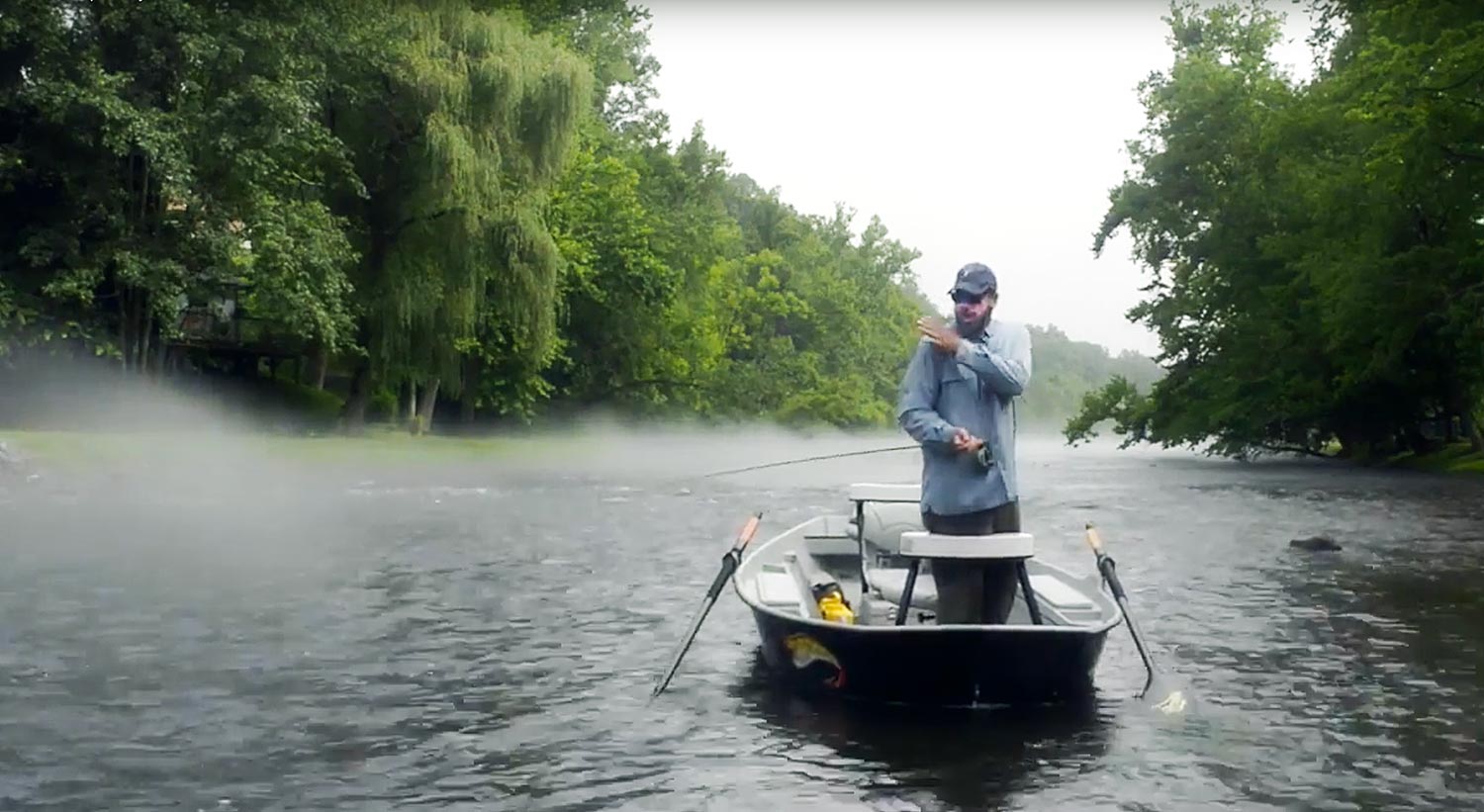
The average fly fisher struggles with making a backhand presentation.
A good backhand presentation is the mark of an effective angler. Being able to deliver a fly on the backcast makes you more efficient on the water and, simply put, catches fish. If you can make a good forward cast, you already have the skills you need to make a good backhand cast. It’s just a matter of getting your head around it.
The trick is getting your body into a natural casting position, and remember to make a good positive stop. Once you get the feel for it, there’s nothing to it. It will make you a much more effective angler. Especially when streamer fishing.
WATCH THIS VIDEO TO IMPROVE YOUR BACKCAST PRESENTATION.
Read More »Trust Your Guide
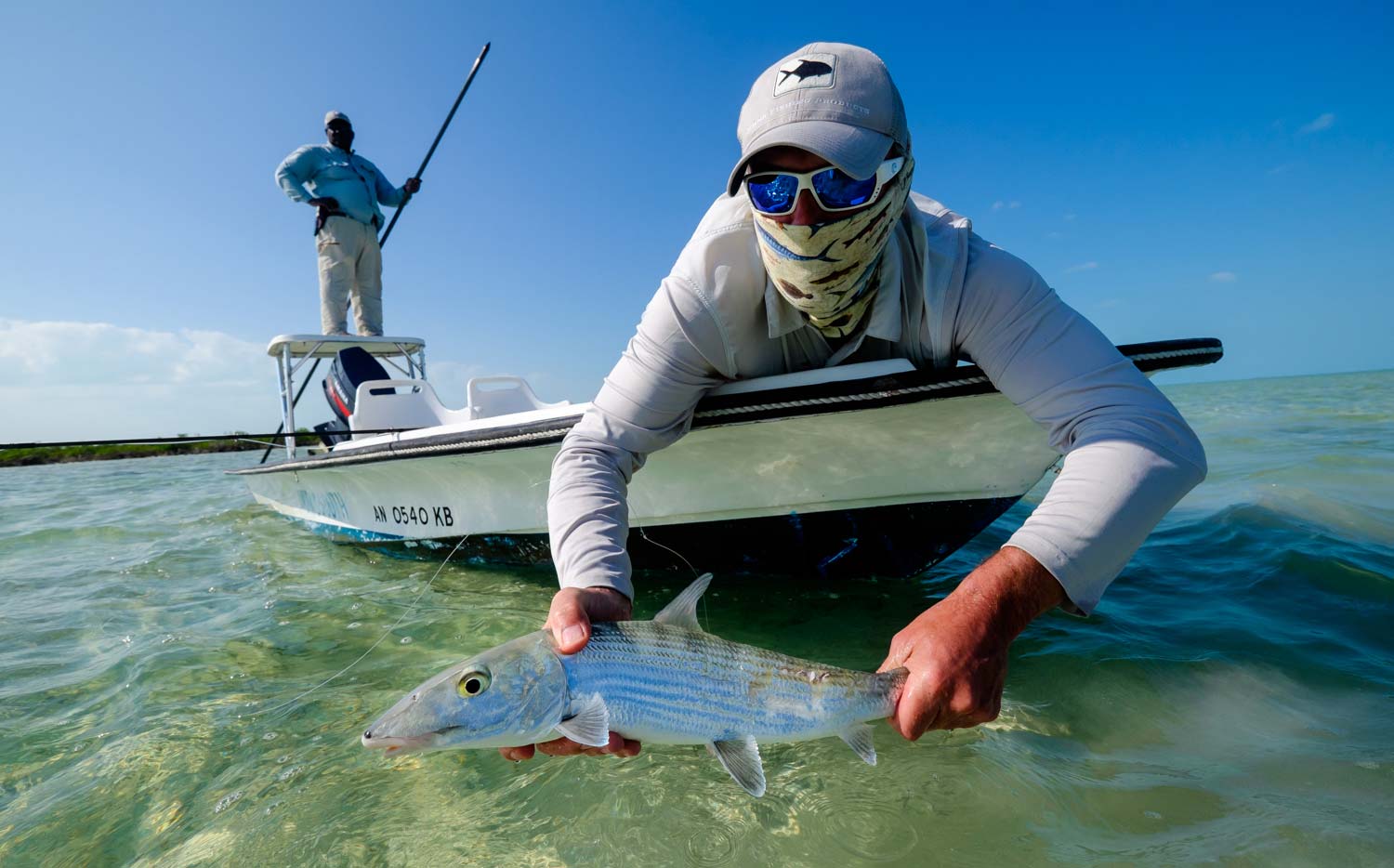
Trust your guide they say. Always trust your guide.
There is no more trustworthy bunch than the guides at Bair’s Lodge on Andros Island in the Bahamas. Why you wouldn’t trust them is beyond me. What is not to trust? In a real sense, in the South Andros backcountry, our lives will be in their hands- there is no freshwater, no cell phone signal, and I’ve taken to calling the miles of braided channels and flats with no distinguishing land features The Hall of Mirrors. If your guide cashes in his chips back here and peels off the poling platform, you are going to be royally screwed. If it weren’t for the sat phone in the emergency case, that is.
But it is one thing to carry your gear down to the skiff in the morning, shake your guide’s hand, look him in the eye and decide he’s trustworthy, and quite another to put that trust into practice on a flat with bonefish coming in hot. Perhaps we need to start our morning with those team-building trust drills that corporate consultants loved so much in the recent past. Put your fly rod down before you fall backward.
On one sunny Bahamas morning I found out what trusting your guide really means
Read More »How To Unsnag A Fly
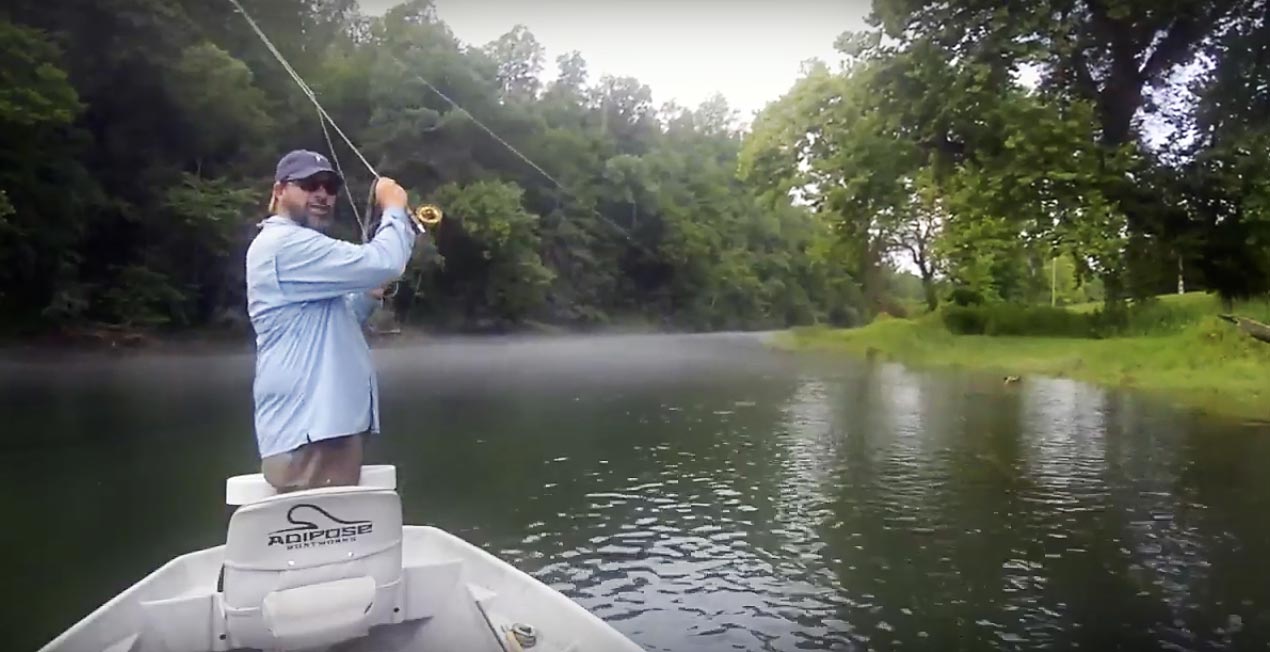
Every fly fisher gets snagged up once in a while.
It’s part of the game. If you aren’t fishing to structure, you aren’t fishing to fish. This is never more true than when streamer fishing. You’re constantly snagging logs and if you row over to get your fly, you’re spoiling a lot of good fishing spots where you could have hooked that big boy.
Most times it’s pretty easy to recover a stuck fly without ruining the spot. It’s a skill that challenges many new anglers. All you have to do is keep your wits about you and fish smart.
WATCH THIS VIDEO AND LEARN HOW TO CLEAR A SNAGGED FLY.
Read More »Improve Your Stance for Casting Accuracy
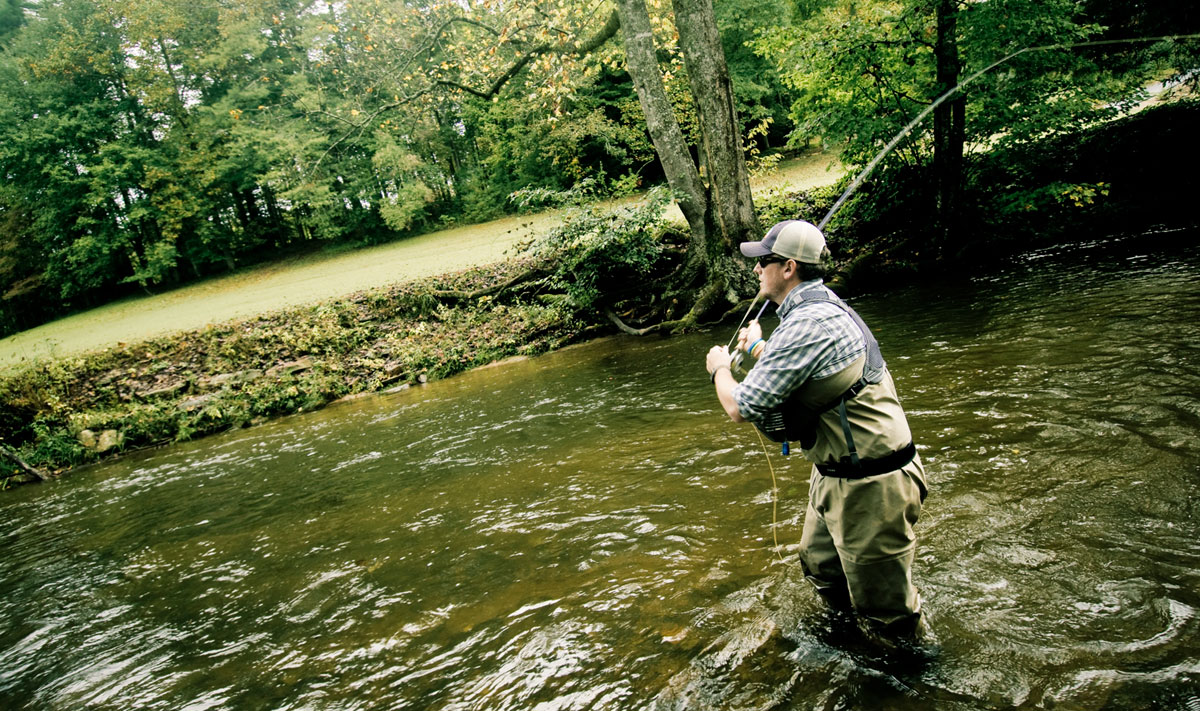
A good fly cast starts with your feet.
Why is that golfers talk so much about stance? All of the energy you apply with your hands starts with your feet planted firmly on the ground. It makes perfect sense that your stance would effect your cast.
Personally, I use a different stance for different kinds of casts. When I am casting for distance I put my left foot forward. Being a right handed caster this lets me use the rotational force of my body. It gives my cast a ton of power but if I don’t do everything exactly right, my accuracy suffers. But when I’m making a hundred foot Hail-Mary cast to cruising bonefish, I’ll take my chances.
When I’m making a short accurate cast, I put my left foot forward. This closed stance restrains the rotation and keeps my rod moving in a straight line. It makes a remarkable difference.
Watch this video for more on casting accuracy.
Read More »Trout Of Japan
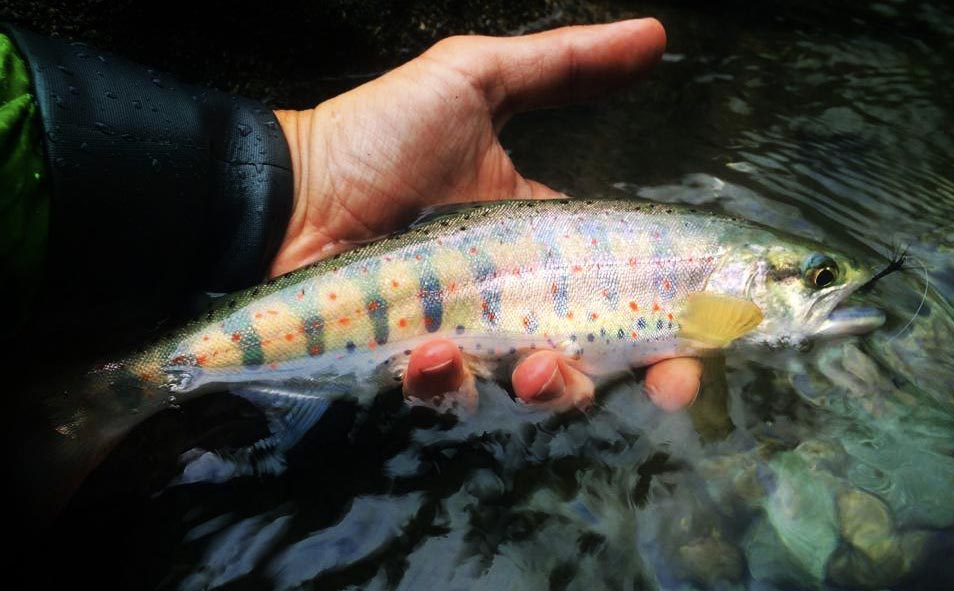
by Daniel Galhardo
“THE SEA-RUN FORM ASCENDS RIVERS OF JAPAN IN MAY WHEN CHERRY TREES ARE IN BLOOM AND THEREFORE IS KNOWN AS THE SAKURA MASU, OR CHERRY SALMON”.
As part of my mission of spreading the tenkara story to anglers outside of Japan, I have made a point to visit Japan every year. I’m currently on my 6th “pilgrimage” to the country, meeting with teachers who share with me their techniques, their insights into tenkara, and of course their favorite fishing spots where we search for trout.
There are two main types of trout that we target in Japan: the amago and yamame. There is also a char, the iwana (side note, most tenkara rods we offer at Tenkara USA are named after Japanese trout/char).
The amago and yamame are virtually identical, except that the amago features red spots thorough its body while the yamame does not. The yamame and amago are also referred outside of Japan as “cherry salmon”. In his book, Trout of the World, James Prosek explains “Among Japan’s many varieties of native salmonids is a beautiful pink and violet salmon that exists in both anadromous and landlocked forms. The sea-run form ascends rivers of Japan in May when cherry treers are in bloom and therefore is known as the sakura mass, or cherry salmon”.
Read More »Float Tube Tour: Video
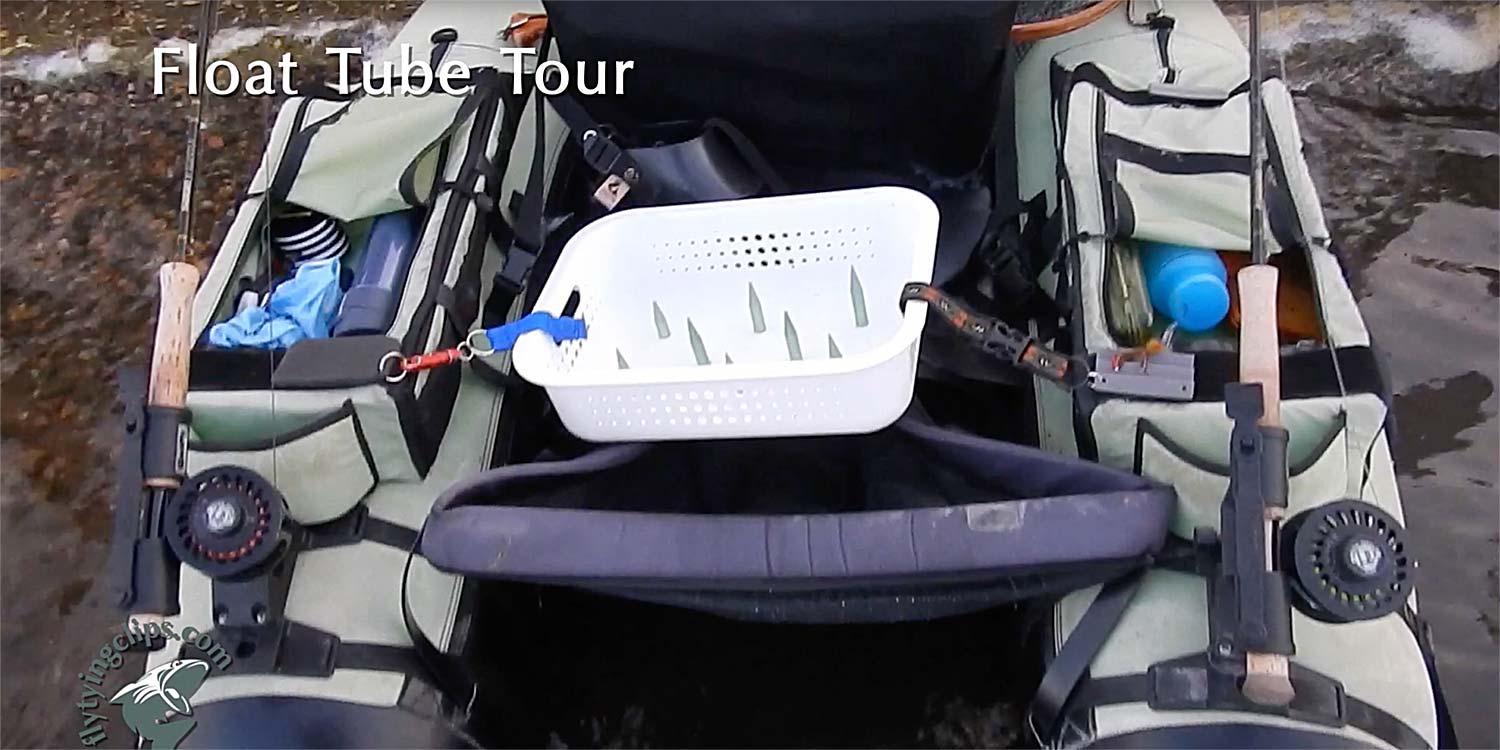
By Herman deGala
In mid-March and everyone is in the middle of their tying season.
But for me bass season is right around the corner when my local reservoir opens for fishing. If there is any ice on the water they won’t let us launch boats or float tubes but we can still fish from shore. They still need to launch the Rangers boat and place the Off Limits buoys.
Like everyone else I am stocking up on flies so that I won’t have to tie during the middle of the season. I also know though that I need to make sure all of my equipment is in top shape and ready to go especially my float tube, rods and reels.
I’ve included a short tour of how I have my float tube rigged and some of the reasons behind the equipment I use. My tube is setup for stillwater fishing and for chasing bass and trout.
Float Tube – Outcast Super Fat Cat
I love this tube. I have fished it for over 10 years and I put a minimum of over a hundred days on it each year. The best thing about it is that it keeps my okole out of the water so that I don’t get as cold in the early Spring. I also love it because it fits perfectly in the back of my Subaru Forester. I can have it fully inflated and completely rigged. I just pull it out of the back, place my rods in their holders and launch from the side of the ramp in no time at all.
Pressure Gauge – Kwik Check Pressure Gauge
It never fails. 95% of the fishermen launching from the ramp have under inflated tubes. I always offer to check the air pressure of their tubes and also offer to help them to top it off. First off it is safer to fish from a properly inflated tube. Also, you can travel faster with a properly inflated tube because there is less surface area touching the water. Having a properly inflated tube also allows you to fight fish more effectively. When you are fighting a 5 lb. smallie the last thing you want to do is to fight your tube to hold position in the wind.
I also admit that the last thing I want to happen is for someone to get hurt just because their tube was under-inflated. I have seen guys that looked like they were wearing a life jacket because their tube was so under-inflated.
Read More »The CDC Blood Midge
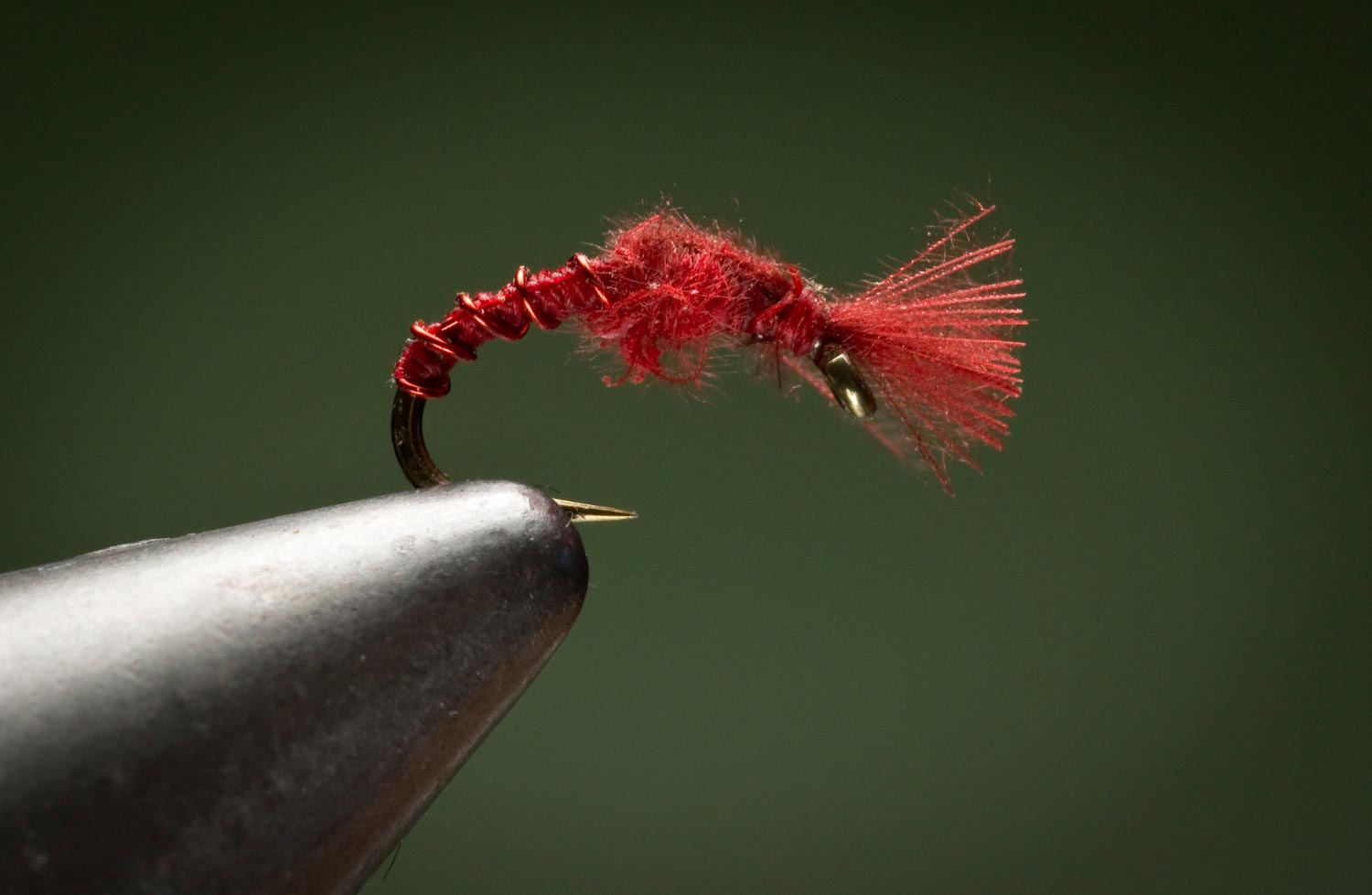
MIDGE PATTERNS CAN BE REMARKABLY EFFECTIVE FOR TROUT.
Depending on how you count them there could be over a thousand species of midge. That’s a lot of choices for the discerning trout. There are almost as many choices for the angler and a midge obsession can easily get out of hand.
I find that more times than not a Blood Midge will do the trick. I spent a morning on the Colorado River one April and caught twenty-four brown trout on a blood midge without moving my feet. Trout are naturally attracted to these red patterns even when they are not an exact match for the naturals. I’ve tied many different Blood Midge patterns but my current favorite is the CDC Blood Midge. The power of CDC can not be overestimated. This is a great pattern and very easy to tie.
Watch the video and learn hoe to tie The CDC Blood Midge.
Read More »